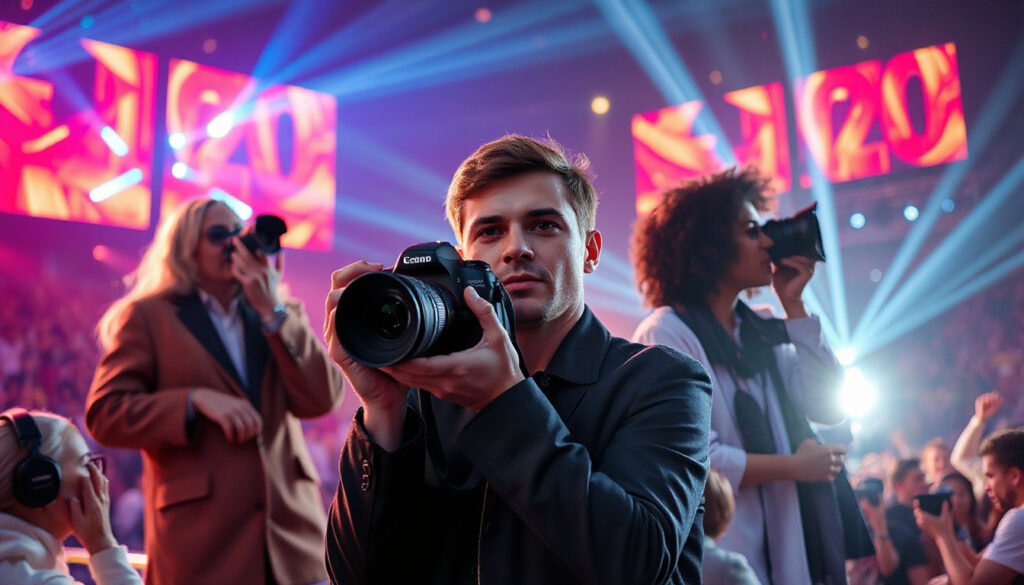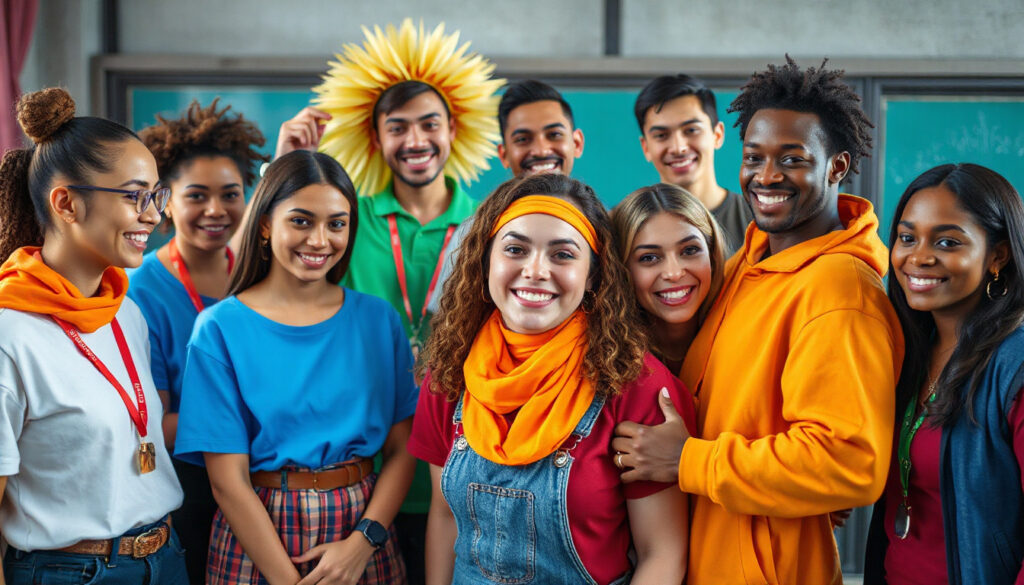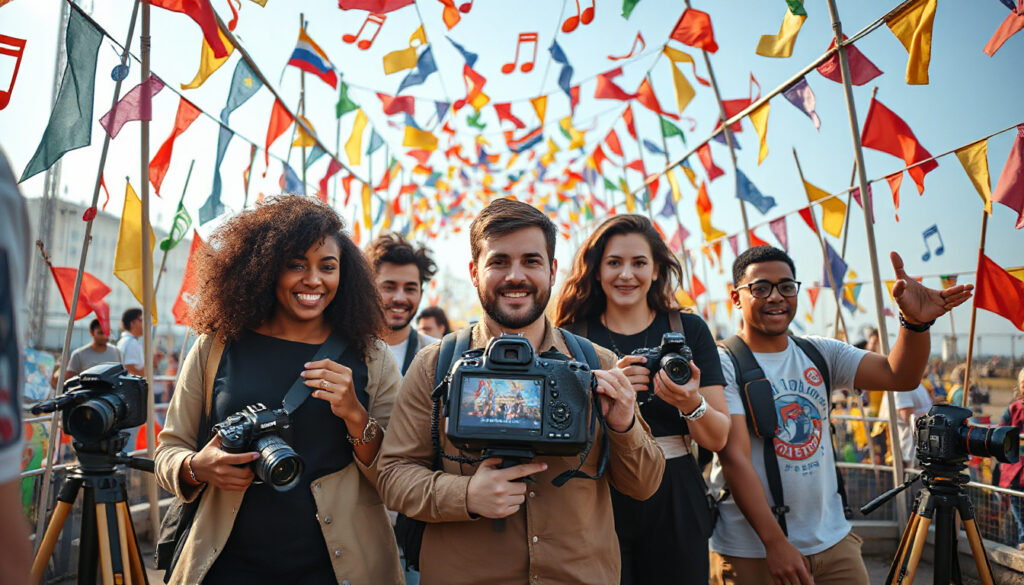Photographers capture energy, feelings, and show. They use their skills and careful planning. For Eurovision 2026 in Vienna, the rules matter. Rules guide how you enter, act, and use your images. These guidelines aim to keep art free while protecting the artists, the event, and the law. This guide explains what you need to know before, during, and after the contest.

Who Can Photograph Eurovision 2026 and How to Get Accredited
Not every photographer can pick up a camera and walk in. Eurovision sets clear steps for access:
- Media accreditation applications open early February 2026. Watch official Eurovision channels so you submit on time.
- Accreditation goes to journalists and photographers tied to known media.
- You must agree with Eurovision rules, which list behavior and care protocols.
- The European Broadcasting Union (EBU) checks each candidate to keep a pro work setting for many media persons.
Late or missed applications may block your chance. Apply early and send all needed proofs to secure entry.
Access Rules: Where and When Photographers Can Shoot
Eurovision venues have clear rules on where you may shoot:
- Restricted zones: Some spots are off limits. No filming or taking pictures happens here to protect artist privacy and calm. This rule covers some backstage rooms and private spaces.
- Rehearsals: Recent contests hold private rehearsals. Photo work is allowed only in set media rehearsals and under close watch.
- Editorial use only: Eurovision uses strict rules for images and videos. Photos from the event serve news use only and need a credit line like “EBU/Photographer Name” or follow other copyright rules.
- Online content: You can embed official Eurovision clips for news use on websites. But copying the clips to sites like YouTube is not allowed.
Knowing these rules helps you avoid errors that might cost your access later.
Respecting Artists’ Well-Being Through New Guidelines
New rules for Eurovision 2026 focus on the comfort of performers and staff. Photographers must follow these:
- The EBU made a Code of Conduct and a Duty of Care Protocol. These set clear links for how to act, keep safety, and show respect.
- You must follow these protocols. They stop any behavior that disturbs artists.
- Special spots are set up in artist lounges and work areas. These no-filming zones give artists a private space.
- More private rehearsals mean less pressure on performers and fewer unsupervised photo chances.
- A Welfare Producer works on site to help with any issues from media work.
This structure makes you balance your desire for great shots with care for the artists’ rest and privacy.
Proper Use of Eurovision Images and Footage
You need to know the rules about Eurovision content use:
- The EBU and host broadcasters own the images from the contest.
- For images you take at Eurovision 2026, news use must include the correct credits and follow the rules.
- For archive photos from before 2009, speak with the host broadcasters for permission.
- If you want historic footage from 2004 to 2025, contact the EBU team listed for help.
- Copying or re-uploading Eurovision media on sites outside the official channels is not allowed. This can bring legal problems.
Always check these points when you send your photos to newspapers or online sites.
Tips for Eurovision 2026 Photographers: What to Keep in Mind
- Apply for accreditation early: This step gives you the official media pass and venue access.
- Know your zones: Learn which areas are off limits and respect private rehearsals.
- Credit sources properly: Always name the photographer and follow the host broadcaster’s rules.
- Respect artist privacy: Avoid behavior that may disturb; new care protocols are in place.
- Stay updated: Eurovision media rules can change. Keep checking official channels.
- Plan your equipment: With tight spaces and restrictions, light gear works best.
- Network professionally: Meet press teams and welfare staff to learn and share proper views.
Final Thoughts
Photographing Eurovision 2026 is a rare chance to record a celebrated music show. With great chance comes big duty. Following these photographer rules keeps your work smooth and fair. It also shows respect for the high standards of the event and for the artists and teams behind it.
If you are new to photojournalism or a seasoned professional, plan ahead and work with care. This mind-set will help your work stand out in the busy Eurovision media world.
Ready to capture Eurovision 2026? Watch the official media center, get your accreditation on time, and work with care and creativity to make your mark on this grand celebration of music.






